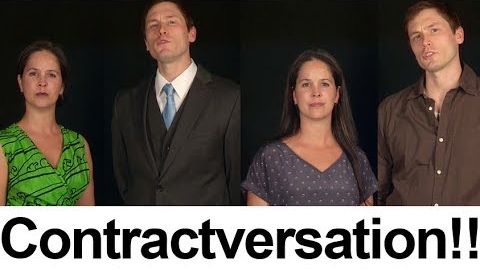契約会話 -- スタバに行く -- アメリカ英語の発音 (Contractversation -- Going to Starbucks -- American English Pronunciation)
Mandy が 2021 年 01 月 14 日 に投稿  この条件に一致する単語はありません
この条件に一致する単語はありませんUS /prəˌnʌnsiˈeʃən/
・
UK /prəˌnʌnsiˈeɪʃn/
- n. (c./u.)発音;正確な発音;発音の仕方;発音ガイド
US /dɪˈskrɪpʃən/
・
UK /dɪˈskrɪpʃn/
US /ˈpræktɪs/
・
UK /'præktɪs/
- n.仕事;練習すること;慣習
- v.t./i.開業;従う;練習する;実践する
US /ˈkærəktɚ/
・
UK /'kærəktə(r)/
- n.(物語 : 映画 : 演劇などの)登場人物;文字;性格 : 性質;変わっている人;評判
エネルギーを使用
すべての単語を解除
発音・解説・フィルター機能を解除

